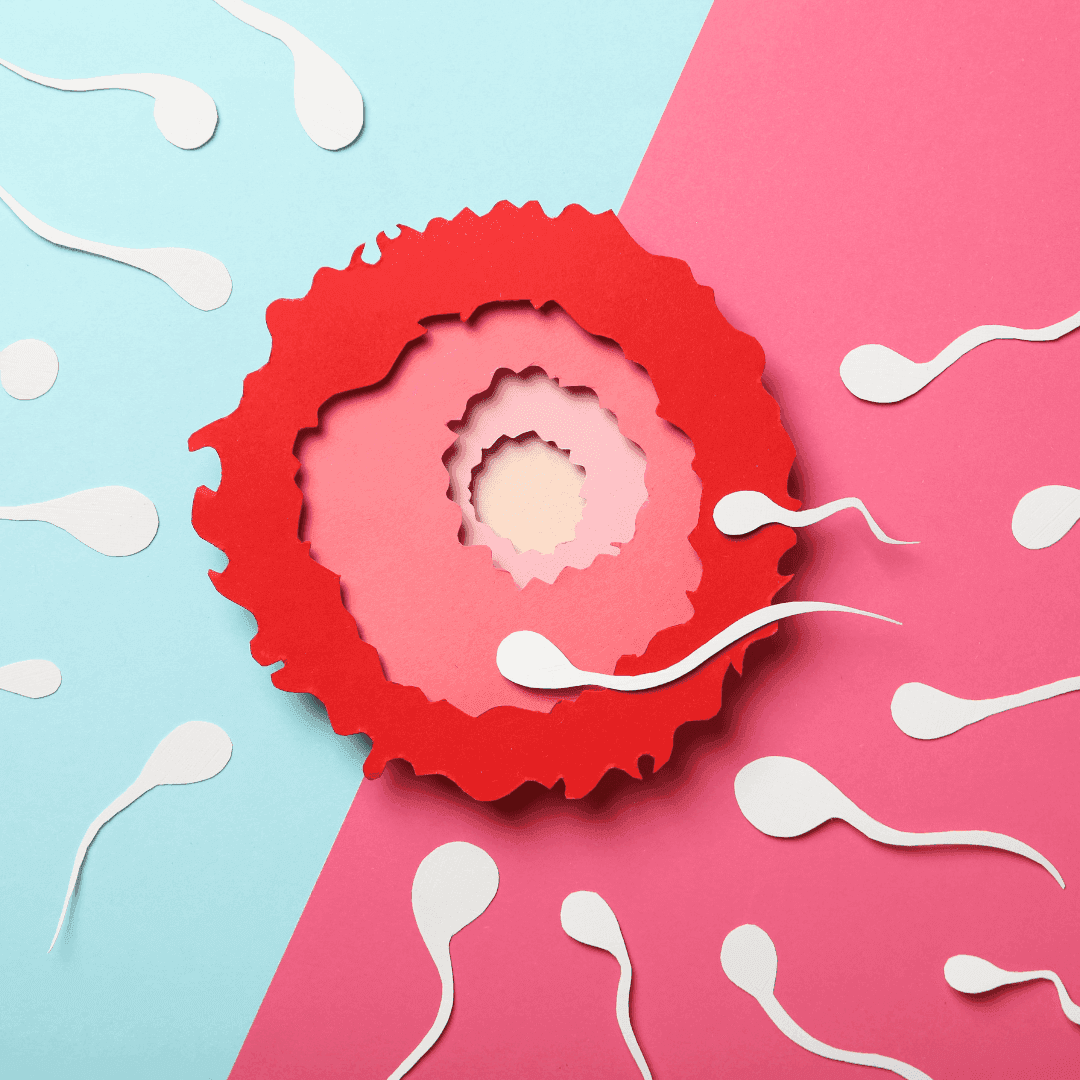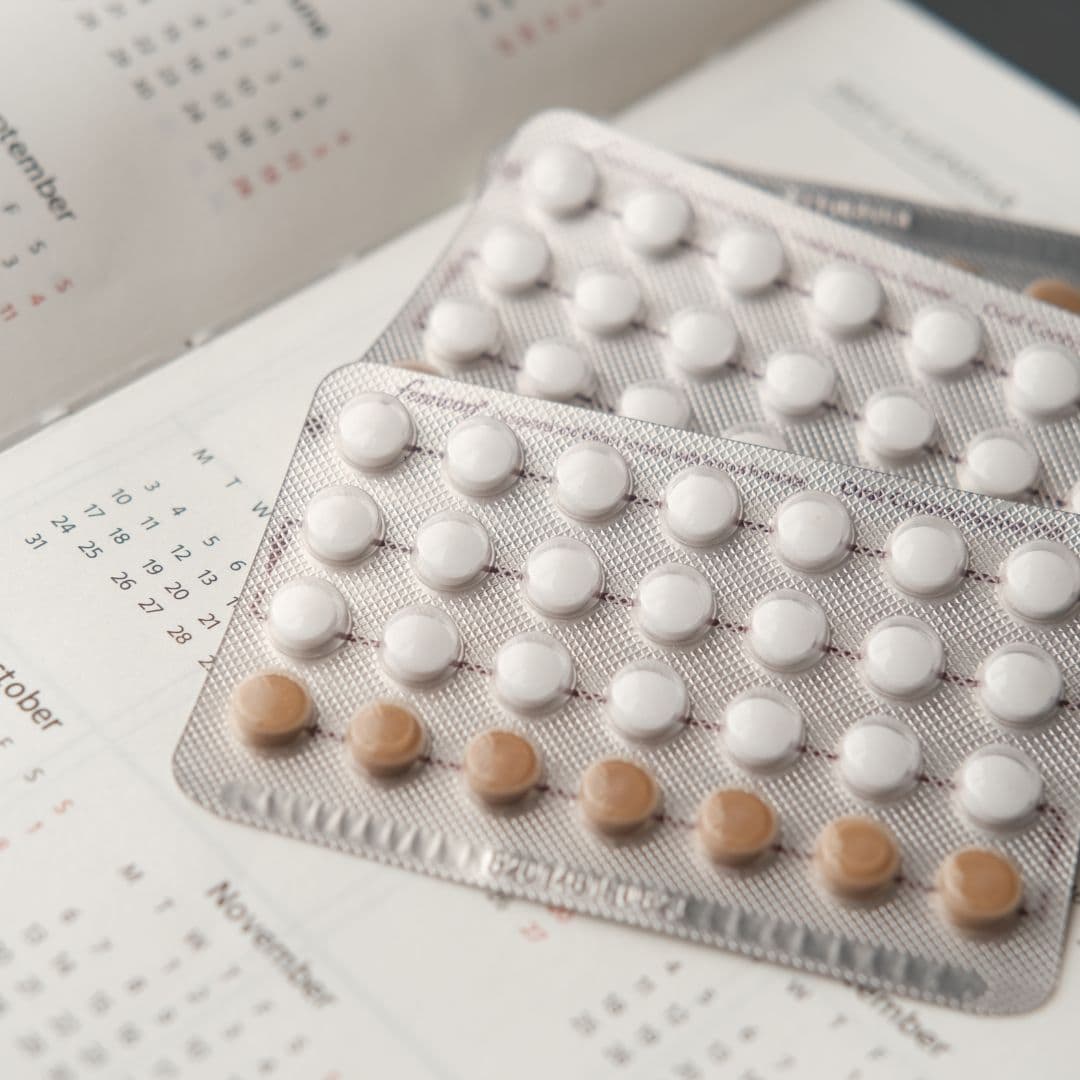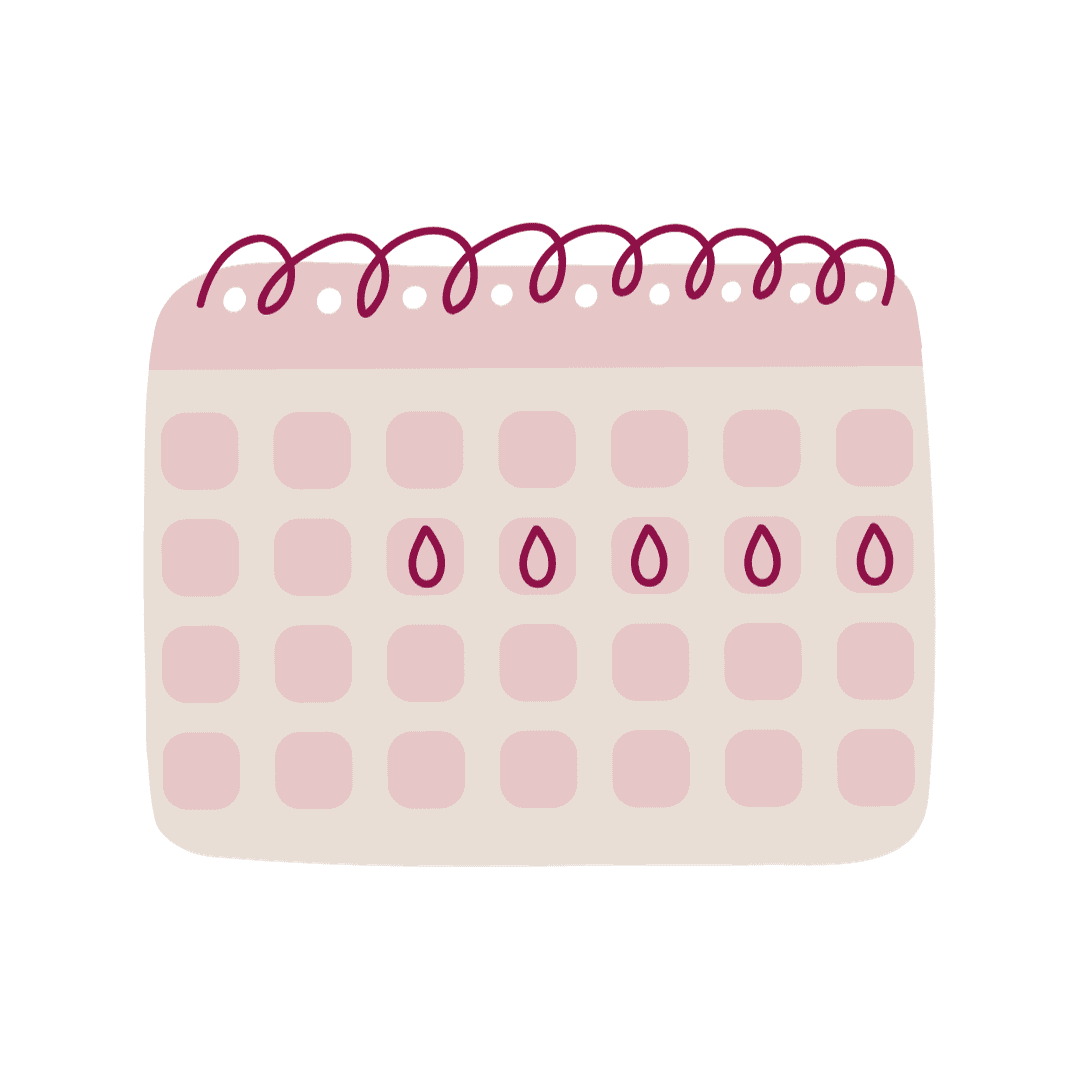
Why Am I Losing Hair? Let's Talk About Hair Loss and What *Actually* Works
Hair loss can be distressing. From rosemary-infused oil to shampooing only once a week, there's lots of "interesting" advice out there. What actually works? Read on to find out.










